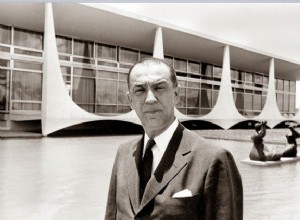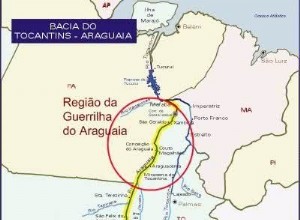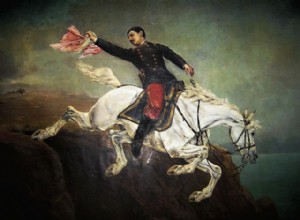Juscelino Kubitschek de Oliveira (1902-1976), known as JK, was a doctor and politician from Minas Gerais. He was president of Brazil from 1956 to 1960 whose time is remembered as a time of optimism. Biography Juscelino Kubitschek was born in the city of Diamantina, Minas Gerais, on September 12,




